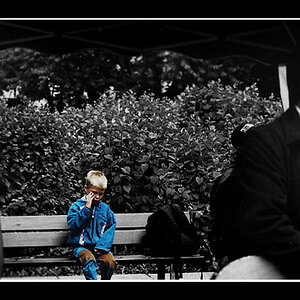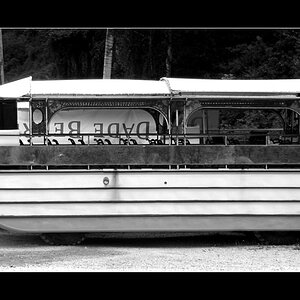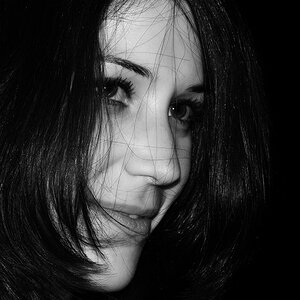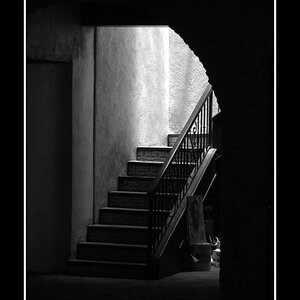HorizonHummer
TPF Noob!
- Joined
- Mar 7, 2017
- Messages
- 2
- Reaction score
- 0
Can somebody give me an overview on how to develop photographs at home? I know this is common practice now now but I am new to photography as a personal interest and am unsure of how to begin the procedure. I am sure many of you remember the era before phone cameras became common when pictures were taken on film and then brought to a film lab to be developed into photographs which were then picked up the next day. Although picture taking is more commonly done by smart phone now there are those including myself who prefer photographs the way they were back then. I have seen instant print cameras available on amazon.com and at stores like Best Buy but those don't manufacture photographs in the full width, they produce ones with white side bars on all four sides (similar to the photographs produced by instant cameras in the 1980s). So please insight me: How do I develop full size photographs without having to go to a lab?




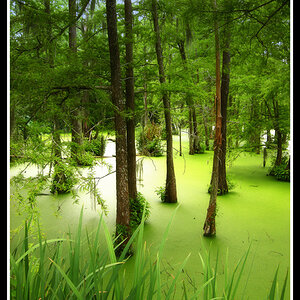

![[No title]](/data/xfmg/thumbnail/35/35587-16c570d2927f2a9ea1945320686eca01.jpg?1619737062)
